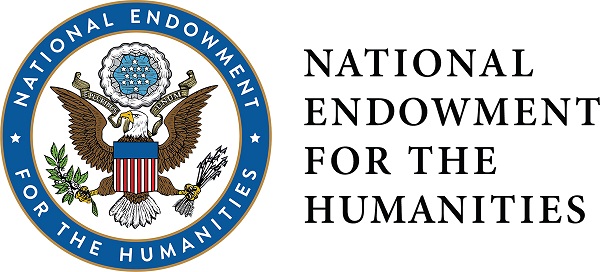
US Government Documents related to Indigenous Nations
Files
Download Full Text (6.0 MB)
Description
This undated summary released by the Bureau of Reclamation offers a concise overview of the Pick-Sloan Missouri Basin flood control plan which was enacted when Congressed passed the Flood Control Act of 1944. This plan led to the construction of several dams in the Missouri River basin, including the Garrison Dam. The completion of the Garrison Dam displaced the majority of the Mandan, Hidatsa, and Arikara people living on the Fort Berthold Reservation. This document contains tables, graphs, maps, and a photograph.
Publication Date
1-1-2022
Source
US Bureau of Reclamation; Publications and Brochures https://www.usbr.gov/gp/multimedia/publications.html
Keywords
Mandan Hidatsa and Arikara Nation, the Three Affiliated Tribes of the Fort Berthold Reservation, Mandan, Nueta, Hidatsa, Arikara, Sahnish, Missouri River Basin, Garrison Dam, Garrison Reservoir, Pick Plan, Sloan Plan, Pick-Sloan Plan, flood control, irrigation, Flood Control Act of 1944
Organizations Referenced
US Bureau of Reclamation, US Geological Survey, US Department of the Interior, The Supreme Court
People Referenced
Roger S. Otstot, Lewis A. Pick, William G. Sloan, Ethan Allen Hitchcock, Franklin D. Roosevelt
Disciplines
American Politics | Indigenous, Indian, and Aboriginal Law | Indigenous Studies | Law and Politics | Native American Studies | United States History
Recommended Citation
US Department of the Interior and Roger Otstot. Reclamation: Managing Water in the West; An Overview of the Pick-Sloan Missouri Basin Program https://commons.und.edu/indigenous-gov-docs/107/.

Included in
American Politics Commons, Indigenous, Indian, and Aboriginal Law Commons, Indigenous Studies Commons, Law and Politics Commons, Native American Studies Commons, United States History Commons


Comments
Document is undated. Web page where document is housed was last updated 1/11/2022.